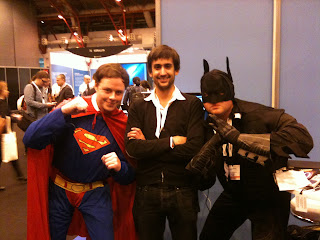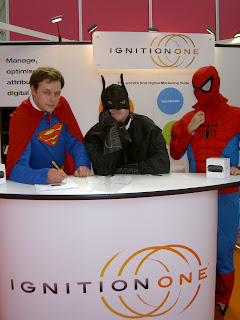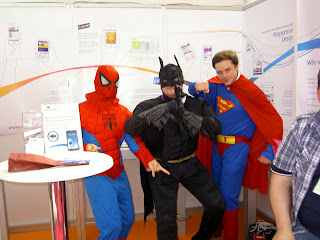Justin Bieber has died several more
times than an 18 year old pop sensation can reasonably expect. That is, according
to posts on Twitter. On a bad day in June 2011, he died twice – once murdered by his publicist and once killed in a car
accident. For those who depend on Twitter headlines for their news, such
stories can often be indistinguishable from real breaking news. Reports of
Whitney Houston’s passing first appeared on a Twitter account with a mere fourteen followers. The death of Amy Winehouse circulated on Twitter for 40 minutes before BBC confirmed the news.
Despite common
celebrity death hoaxes, Twitter has become a major conduit for big breaking
news. Witnesses tweeted pictures of the 2009 US Airways plane on the Hudson
River just minutes after its emergency landing. The 2010 Arab Spring
uprisings were heavily reported on Twitter, with many using it not only to
cover the protests but also to facilitate them. It has become a news site that not only reports the news, but that
also creates it.
The speed and scope of Twitter are
irrevocably changing the news environment. It’s caused journalism to accelerate
rapidly, but while it enables journalists to find new stories and get them out
quickly, it also means that they are competing with non-industry tweeters who
happen to be in the right place at the right time.
Yet journalists writing on the
subject have largely agreed that Twitter complements those sources rather than
outdating them. In gathering real-time news, it can be a powerful tool for
journalists, rather than a competitor. As traditional publishers have
increasingly incorporated the social network along with other new media forms
into their activity, concerns over Twitter’s immediacy have lost momentum.
Yet in their eagerness to gather
news with the help of new media, traditional news sources with established
reputations can fall victim to the unreliability evidenced by Twitter’s highly
inaccurate celebrity death count. Mistaking Twitter rumours for news does the
news industry a great disservice. Andy Carvin, senior strategist at American
news network NPR, used Twitter to provide frequent updates on the situations in
Tunisia and Egypt
in 2010 and 2011 with great success – but had to be careful to distinguish
between raw data and news. He told GigaOM’s Matthew Ingram, “I get uncomfortable when people refer to my
Twitter feed as a newswire. It’s not a newswire. It’s a newsroom. It’s where
I’m trying to separate fact from fiction, interacting with people. That’s a
newsroom.”
Without mediation and editorial
stages, problems are resolved in public rather than in the newsroom. On
Twitter, fact-checking may consist of followers replying with corrections
rather than editors making changes pre-publication. When a BBC Newsnight report
on child abuse in north Wales
implicated a senior Conservative from the Thatcher era, widespread speculation from
tweeters named a former government minister, falsely alleging that he was the
perpetrator. He has since assembled a legal team and claims to have a list of
over 10,000 Twitter users who defamed him, including
high profile political, media and entertainment personalities, that he intends
to sue. As his solicitor pointed out: “Twitter is not a place where you can gossip
and say the nastiest things possible with impunity.”
Twitter
libel (or “Twibel”)
has only emerged over the past several years, but so far has only resulted in
settlements. US
singer Courtney Love became one of the first to be sued for her tweets in a case that was finally
resolved in 2011 after two years. Love eventually paid £264,000 to fashion
designer Dawn Simorangkir after attacking her on Twitter. The agreed amount
came from consideration of Love’s influence as an entertainer and the massive
dissemination potential of Twitter. Soon after, a Welsh town councillor settled
the first British Twitter libel case by paying £3,000 to a rival candidate.
As long
as these cases are settled rather than battled out in court, Twitter will
continue to define its own boundaries. Although the former minister’s legal
team has diligently tracked down malicious tweets, most of the 10,000 tweeters
on the list will not be charged with individual lawsuits, and will instead likely be given the
option to make nominal donations of at least £5 to the BBC’s Children in Need
charity. These casual tweeters are those most in need of a wake-up call, as the
next major defamation victim may not extend such lenience.
People’s readiness to retweet a
rumour indicates that they need to spend more time thinking not only about what
they tweet, but also about the tweets they read. Although much of Twitter’s
appeal is its informality, it enables users to make painfully public mistakes
with a wide reach and considerable consequences. Twitter’s offices have been
silent on the libel suits, and there is no indication that Twitter will
introduce any new mechanisms to encourage fact-checking or to discourage
potentially libellous tweets. Until Twitter takes steps to mediate its content,
it falls to tweeters to regulate themselves and the courts to punish pernicious
posters.



























































